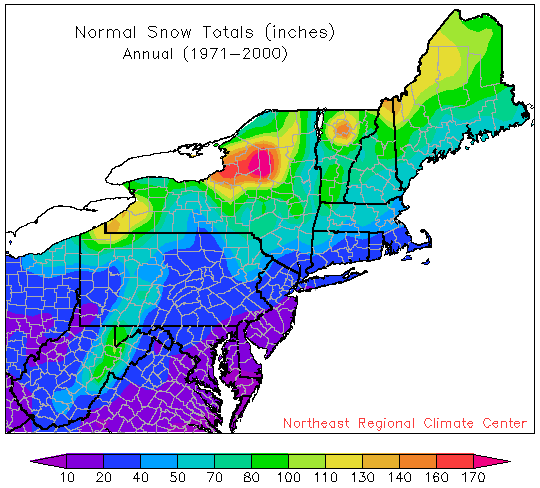
Editor Bob Shannon since 1992 online
Assistent Editor Ron Rattray, Grand Forks BC Canada Aggregator/PhotographerRegular contributors, Kathy Meader, Cheney, WA
Canadian Photographic Editor Rick Price

Wilma Weisman(c)

Bob Shannon
The world waited too long to respond to Ebola.

Where Bimart now stands by Bob Shannon
The tropical Pacific Ocean is showing renewed signs of El Nino conditions, the Australian Bureau of Meteorology said on Tuesday.
The bureau upgraded its tracker system to "alert" from "watch",
indicating there is at least a 70 percent chance of El Nino occurring.
El Nino is a warming of sea-surface temperatures in the Pacific that
occurs every four to 12 years.
It can trigger drought patterns in some parts of the world while causing flooding in others.
The bureau added that not all indicators have shifted towards El Nino, but said that regardless of whether El Nino develops fully, warmer-than-average ocean temperatures "increase the chance of some El Nino-like impacts".
Assistent Editor Ron Rattray, Grand Forks BC Canada Aggregator/PhotographerRegular contributors, Kathy Meader, Cheney, WA
Canadian Photographic Editor Rick Price
Ron Rattray
Five dead as monster storm dumps historic amount of snow
QUIET WITH A CHANCE OF FLARES: Old sunspot AR2192 (a.k.a. AR2209) has been quiet for the past two days, but it still poses a threat for strong flares. The sunspot's 'beta-gamma-delta' magnetic field is unstable and harbors energy for X-class eruptions. If such flare does occur today (NOAA estimates a 25% chance), it will be geoeffective because the sunspot is almost directly facing Earth.
 Dennis Anderson
Dennis Anderson
And
there will be signs in the sun, and in the moon, and in the stars; and
upon the earth distress of nations, with perplexity — the sea and the
waves roaring: Men’s hearts failing them for fear, and for apprehension
of those things which are coming upon the earth: for the powers of
heaven will be shaken. Luke 21:25-26
Your Editor

Wilma Weisman(c)
This
brief article will highlight how electromagnetic eruptions from the
Sun, magnificent explosions which we call solar flares, or coronal mass
ejections, affect the Earth and, specifically, how they galvanize the
lava under the Earth’s crust. Surges in this molten magma, in turn,
result in earthquakes, volcanoes, and tsunamis.

Bob Shannon
First X-Class Flare of the New Solar Cycle = Quake Watch! The molten lava of the earth is magnetized, so even though www.spaceweather.com
won’t tell us this, an X-Class flare will galvanize the earth’s magma
in some measure. We will watch and pray for the deliverance of YHWH upon
His people everywhere, as this event could trigger a major
quake/volcano/tsunami at some locale.
First X-flare of the New Solar Cycle Space Weather News for Feb. 15, 2014 http://spaceweather.com
The world waited too long to respond to Ebola.
Ebola is devastating parts of West Africa. And every day we continue to wait - for funding to reach the ground, for nurses and doctors to be deployed, for the shattered medical services to be rebuilt - more people die.
Leaders from every nation - not just the usual suspects - need to stop waiting and deliver.

High beef due to drought but ranchers need $$$

Where Bimart now stands by Bob Shannon
Weather experts from the National Oceanic and Atmospheric Administration
and from NASA came together at the Aquarium of the Pacific on Thursday
for an updated winter weather forecast. After years of drought,
California is in great need of a wet winter. But will we get it?
Using satellite technology, mapping ocean conditions for nearly a year, NOAA is predicting a 53 percent chance of a weak to moderate El Nino.
"That's definitely not a sure bet when it comes to rainfall, but don't lose hope because there are other weather systems that can give us a wet winter," said Dr. Bill Patzert, a JPL climatologist.
Patzert says the last big El Nino year was in 1997. It occurs, on average, every seven years, when trade winds over the Pacific Ocean weaken or reverse, creating warmer than normal ocean water.
Using satellite technology, mapping ocean conditions for nearly a year, NOAA is predicting a 53 percent chance of a weak to moderate El Nino.
"That's definitely not a sure bet when it comes to rainfall, but don't lose hope because there are other weather systems that can give us a wet winter," said Dr. Bill Patzert, a JPL climatologist.
Patzert says the last big El Nino year was in 1997. It occurs, on average, every seven years, when trade winds over the Pacific Ocean weaken or reverse, creating warmer than normal ocean water.
Rick Price
The tropical Pacific Ocean is showing renewed signs of El Nino conditions, the Australian Bureau of Meteorology said on Tuesday.
It can trigger drought patterns in some parts of the world while causing flooding in others.
The bureau added that not all indicators have shifted towards El Nino, but said that regardless of whether El Nino develops fully, warmer-than-average ocean temperatures "increase the chance of some El Nino-like impacts".




No comments:
Post a Comment